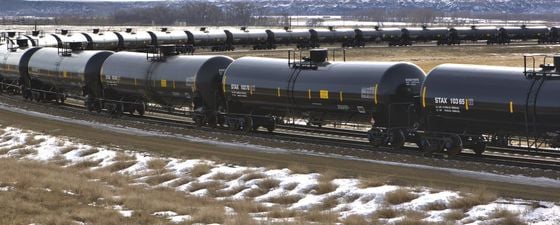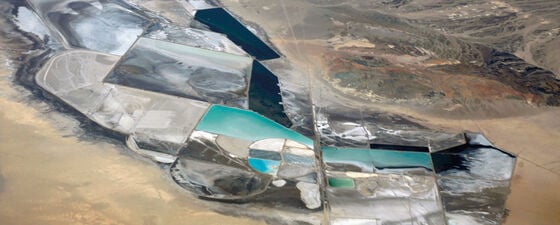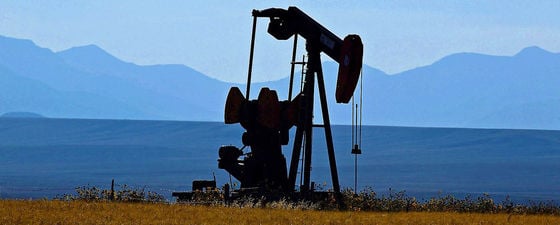Shale oil and gas were considered rarities ten years ago. In the future these resources will constitute a sizable share of the market.
The ‘shale shock’ is very well illustrated by the fact that in its 2013 Energy Outlook BP projected US tight oil to reach 3.6 MMbopd by 2030. In fact, that level was surpassed in 2014.
Shale shocked the world.
In less than 10 years US oil production from tight shales has grown from virtually nothing to more than 5 MMbopd. And, according to Rystad Energy, US shale production may very well reach 8 MMbopd in 2020. Meanwhile, at the moment, tight oil outside North America totals less than 1 MMbopd.
Onshore US oil is transported by trains. (Source: craypicts@verizon.net)
By helping the US towards self-sufficiency in liquids, the boom will, of course, have large geopolitical impacts, as OPEC countries will have to gradually divert their exports from the US towards Asia.
BP agrees with this remarkable outlook. The ‘shale revolution’ will continue, the company says, fuelled by the technological innovations and productivity gains that have unlocked vast resources of both tight oil and shale gas. However, the BP forecast is somewhat different from that of Rystad Energy, as the company expects tight oil production to plateau in the 2030s at nearly 8 MMbopd. On a global level, BP believes that shale oil will reach 10 MMbopd in 2035, meaning that it will account for about 10% of worldwide oil production.
BP also expects a sharp increase in the global production of shale gas, expecting that in the US this will account for around three-quarters of total US gas production in 2035 – almost 20% of global output. “Globally, shale gas is expected to grow by 5.6% p.a. between 2014 and 2035, well in excess of the growth of total gas production. As a result, the share of shale gas in global gas production more than doubles from 11% in 2014 to 24% by 2035,” BP reports in its Energy Outlook 2016. While the growth of shale gas supply is dominated by North American fields, production will continue to expand elsewhere, in particular in China.
No one predicted the extreme growth in shale oil and gas production that we have experienced in the last five years or so. It remains to be seen if today’s forecast will turn out to be correct, 5, 10 or 20 years from now.




